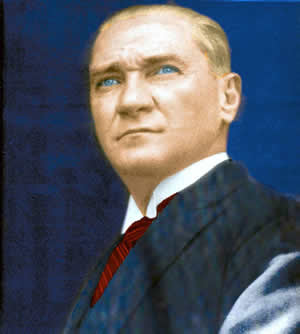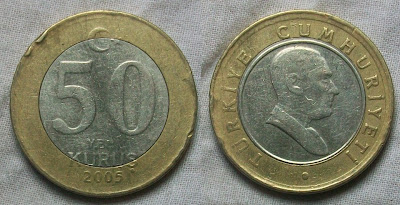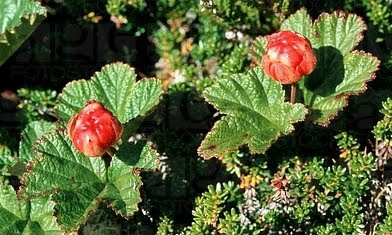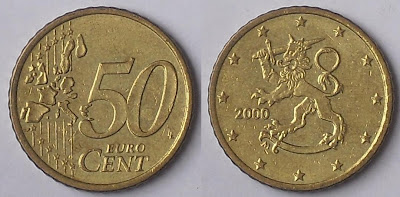Next exhibition details:
Date: 22-24 Oct
Time: 8 AM to 8 PM
Venue: Lohana majan wadi 2&3 floor, S.V. road Kandiwali (West) - 400067
Date: 22-24 Oct
Time: 8 AM to 8 PM
Venue: Lohana majan wadi 2&3 floor, S.V. road Kandiwali (West) - 400067
 Metal: copper-nickel
Metal: copper-nickel The coat of arms of Tanzania comprises a warrior’s shield which bears a golden portion on the upper part followed underneath by the flag of Tanzania.
The coat of arms of Tanzania comprises a warrior’s shield which bears a golden portion on the upper part followed underneath by the flag of Tanzania. Weight: 13gm
Weight: 13gm

 Weight: 7gm
Weight: 7gm The Finland 1 euro coin shows two whooper swans in flight. The whooper swan is a large North Hemispheric swan which requires large areas of water to live in. Since they have high body weight and frail legs, they cannot walk or stand for long durations. The whooper swan spends much of its time swimming, straining the water for food, or eating plants that grow on the bottom. No wonder it is found in abundance in Finland, the land of 55,000 lakes, and it also happens to be the national bird of Finland.
The Finland 1 euro coin shows two whooper swans in flight. The whooper swan is a large North Hemispheric swan which requires large areas of water to live in. Since they have high body weight and frail legs, they cannot walk or stand for long durations. The whooper swan spends much of its time swimming, straining the water for food, or eating plants that grow on the bottom. No wonder it is found in abundance in Finland, the land of 55,000 lakes, and it also happens to be the national bird of Finland.  The Finland 2 Euro coin shows the cloudberry on the reverse. Cloudberry is also called bakeapple, knotberry, averin and evron; and is a rhizomatous herb native to alpine and arctic tundra and boreal forest. It is red when unripe and amber-orange when ripe. In Nordic countries like Finland and Sweden, it is made into jams, juices tarts and liquors.
The Finland 2 Euro coin shows the cloudberry on the reverse. Cloudberry is also called bakeapple, knotberry, averin and evron; and is a rhizomatous herb native to alpine and arctic tundra and boreal forest. It is red when unripe and amber-orange when ripe. In Nordic countries like Finland and Sweden, it is made into jams, juices tarts and liquors. 


 It is noteworthy that the Finland 1 cent and 2 cent were discontinued from mintage a few years back, so they are now scarce and sell for a couple of euros in Finland itself.
It is noteworthy that the Finland 1 cent and 2 cent were discontinued from mintage a few years back, so they are now scarce and sell for a couple of euros in Finland itself.  The coat of arms of Finland is a crowned lion on a red field, the right forepaw replaced with an armoured hand brandishing a sword, trampling on a saber with the hindpaws. The coat of arms was originally created around the year 1580.
The coat of arms of Finland is a crowned lion on a red field, the right forepaw replaced with an armoured hand brandishing a sword, trampling on a saber with the hindpaws. The coat of arms was originally created around the year 1580.